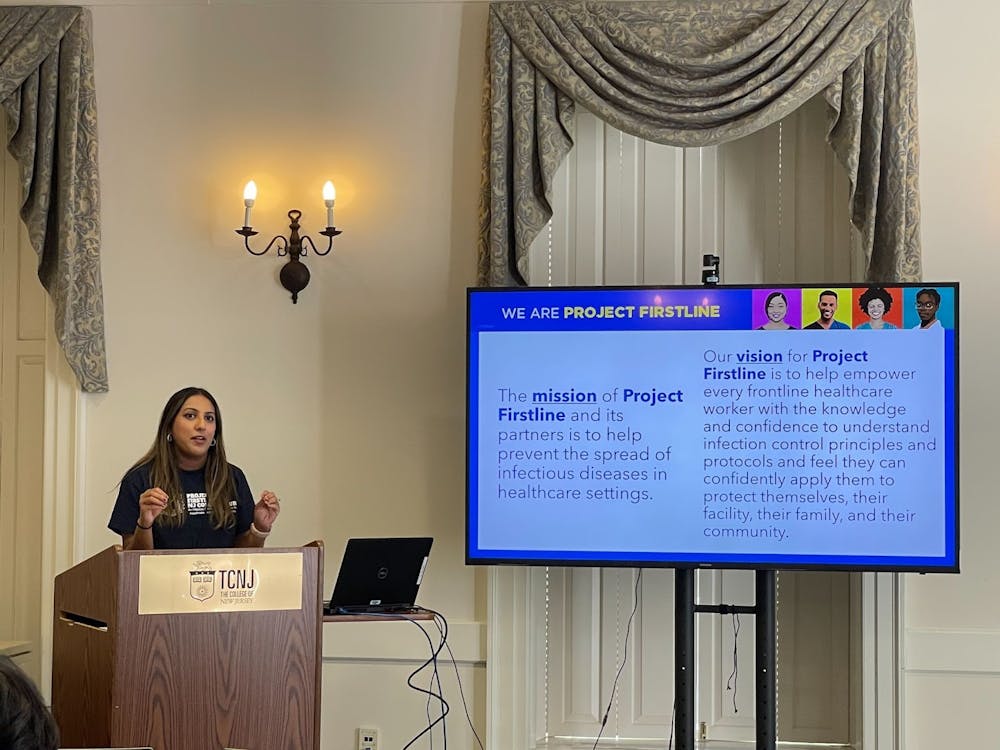By Kaitlyn Harms
Staff Writer
Project Firstline, a national initiative from the Center for Disease Control, held a training session on Sept. 21 that began with the central question: “Why does infection control matter?”
While the answer might seem simple, the session emphasized its role in protecting people around the world, showing that the importance ultimately lies in the fact that people are always looking to protect themselves and their community. From there, the question changed; how can these words be put into practice?
The initiative is composed of diverse healthcare, public health and academic partners. Each partner is devoted to providing infection control training and educating individuals of all ages and backgrounds. The goal is to provide foundational knowledge of infection prevention and highlight the significance of implementing protocols throughout the workday, ensuring the best possible practice in the healthcare industry.
The health educators on the Project Firstline team presented an educational slideshow to the students of the College in ways that involved multiple participants, engaging interactions, and visually appealing infographics that captured the audience’s attention. The presentation covered the places in which pathogens thrive, the pathways they inhabit to travel from place to place, and how the body naturally defends itself against them. The team also highlighted the difference between diseases and viruses, using Covid-19 and SARS-CoV-2 as relevant examples. Introduction to Epidemiology professor, Karen Gordon, took note of the effective way in which the presentation was demonstrated.
“There was a participatory approach that made the program relatable to college students that involved demonstrations modeling the protective steps that one needs to take,” said Gordon. “When you are visually involved, you are more likely to change your own behavior around the steps needed for adequate protection.”
The terms “donning” and “doffing” were introduced to many students for the first time after a visual demonstration, which included a member of the audience. Presenters stressed the importance of sanitizing one’s hands throughout the process of applying personal protective equipment and removing it. While this part of the presentation applied to individuals in or planning to go into the healthcare field, something as simple as utilizing alcohol-based hand sanitizer before removing a mask resonated with students.
“The availability of hand sanitizers is a positive move in so many locations throughout campus in public places. Increase in the access to materials that can help us sanitize our hands make a big difference in transmission. We don't think about how our automatic behaviors influence exposure,” Gordon added. “Our actions could be influencing the immediate environment and the environments of other people. TCNJ in all of its variety of efforts has tried to promote a campus culture of health and protection rather than a culture of fear.”
Project Firstline answered the question “Why does infection control matter?” by involving students, providing visually appealing graphics and sharing their passion for protecting the public.







